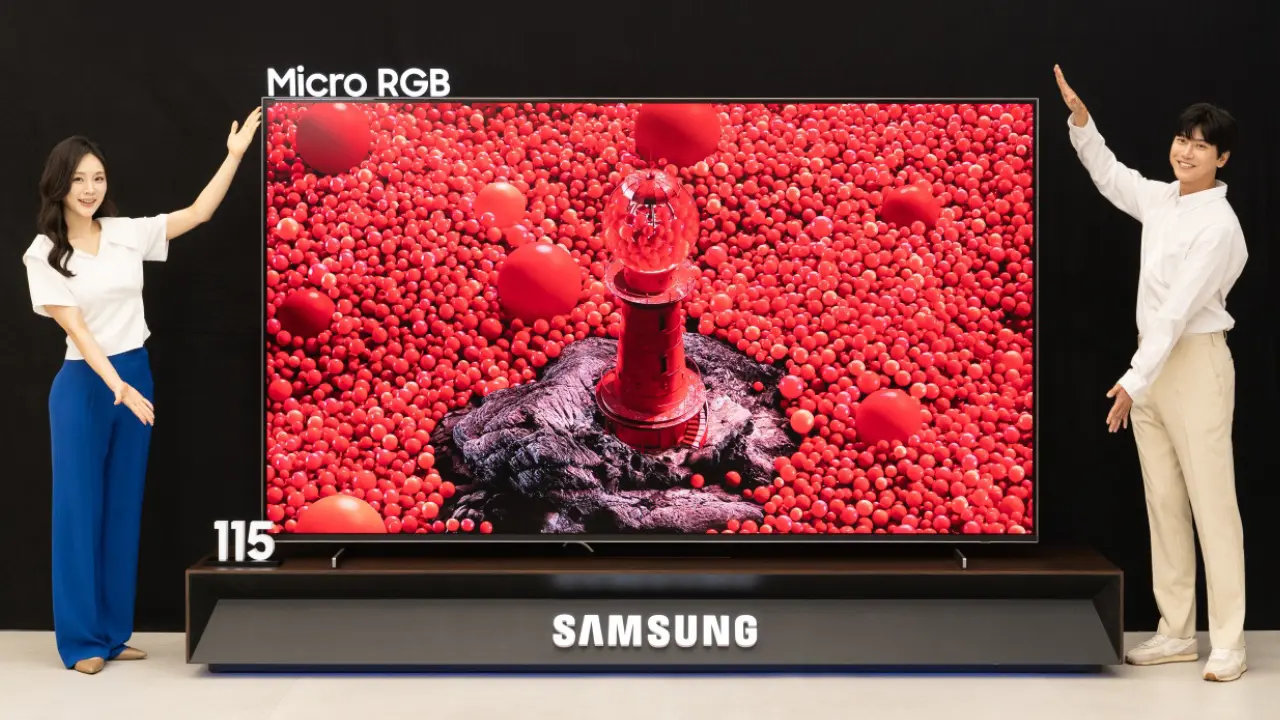Samsung Introduces Revolutionary Micro RGB Display Technology, Setting a New Benchmark for High-End TVs

Samsung’s Micro RGB: A New Era in Television Display Technology
Samsung has taken a giant leap in display technology with the launch of its Micro RGB display system — the world’s first of its kind. This innovative approach integrates ultra-small red, green, and blue LEDs within each pixel, offering a striking improvement in color fidelity, luminance, and energy use. By doing away with traditional backlights and color filters, this tech promises a richer and more immersive viewing experience for consumers.
Understanding the Micro RGB Display System
Unlike conventional LED TVs that rely on white LED backlights combined with color filters, Samsung’s Micro RGB display employs three miniature inorganic LEDs per pixel—each emitting one of the primary colors directly. These micro LEDs, smaller than 0.1 millimeters, enable sharper colors and higher contrast without the drawbacks seen in older technologies.
Distinctive Advantages of Micro RGB
- Superior Color Reproduction: Each subpixel emits pure red, green, or blue light, resulting in vivid and true-to-life images.
- High Brightness Levels: The use of inorganic LEDs allows the screen to reach much higher brightness than OLED alternatives, all while preventing screen burn-in.
- Lower Energy Consumption: Eliminating color filters and backlighting reduces power usage, making these TVs more eco-friendly.
- Enhanced Durability: Inorganic LEDs degrade slower than organic materials, especially for blue light, resulting in longer-lasting displays.
- Perfect Blacks and Outstanding Contrast: The ability to individually switch off pixels delivers true black levels and superior contrast.
Micro RGB Versus Existing TV Display Technologies
Samsung’s Micro RGB pushes beyond the limitations of current mainstream displays:
- Vs. LED LCD: Traditional LED TVs depend on backlit panels and color filters, which limits their brightness and color accuracy. Micro RGB removes these constraints by producing color at the pixel level directly.
- Vs. OLED: OLED displays offer excellent contrast but suffer from limited brightness and potential burn-in due to organic compounds. Micro RGB’s inorganic LEDs deliver higher brightness and longevity without these issues.
Implications for Consumers and the Industry
With Micro RGB technology, Samsung is poised to elevate the standard of high-end televisions. Viewers can expect:
- More lifelike, vivid colors with enhanced accuracy.
- Brighter screens suitable for various lighting conditions.
- Longer-lasting displays that resist common OLED wear issues.
- More energy-efficient televisions that align with sustainability goals.
Looking Ahead: Wider Applications of Micro RGB
The benefits of this cutting-edge display technology extend beyond home entertainment. Areas like augmented reality (AR), virtual reality (VR), and large-scale digital signage stand to gain from Micro RGB’s color precision, brightness, and durability. Samsung’s development marks a major step forward that could reshape the entire display market in the years to come.
"Micro RGB technology represents a new frontier in display innovation, providing consumers with unprecedented picture quality and efficiency," a Samsung spokesperson shared. (According to Samsung official announcement, source)

